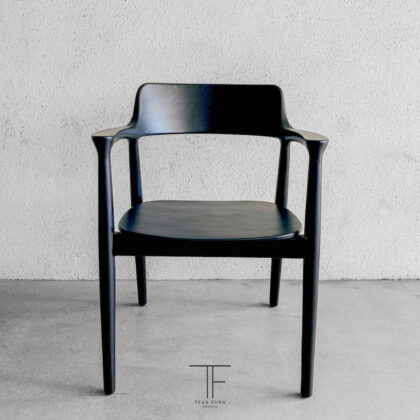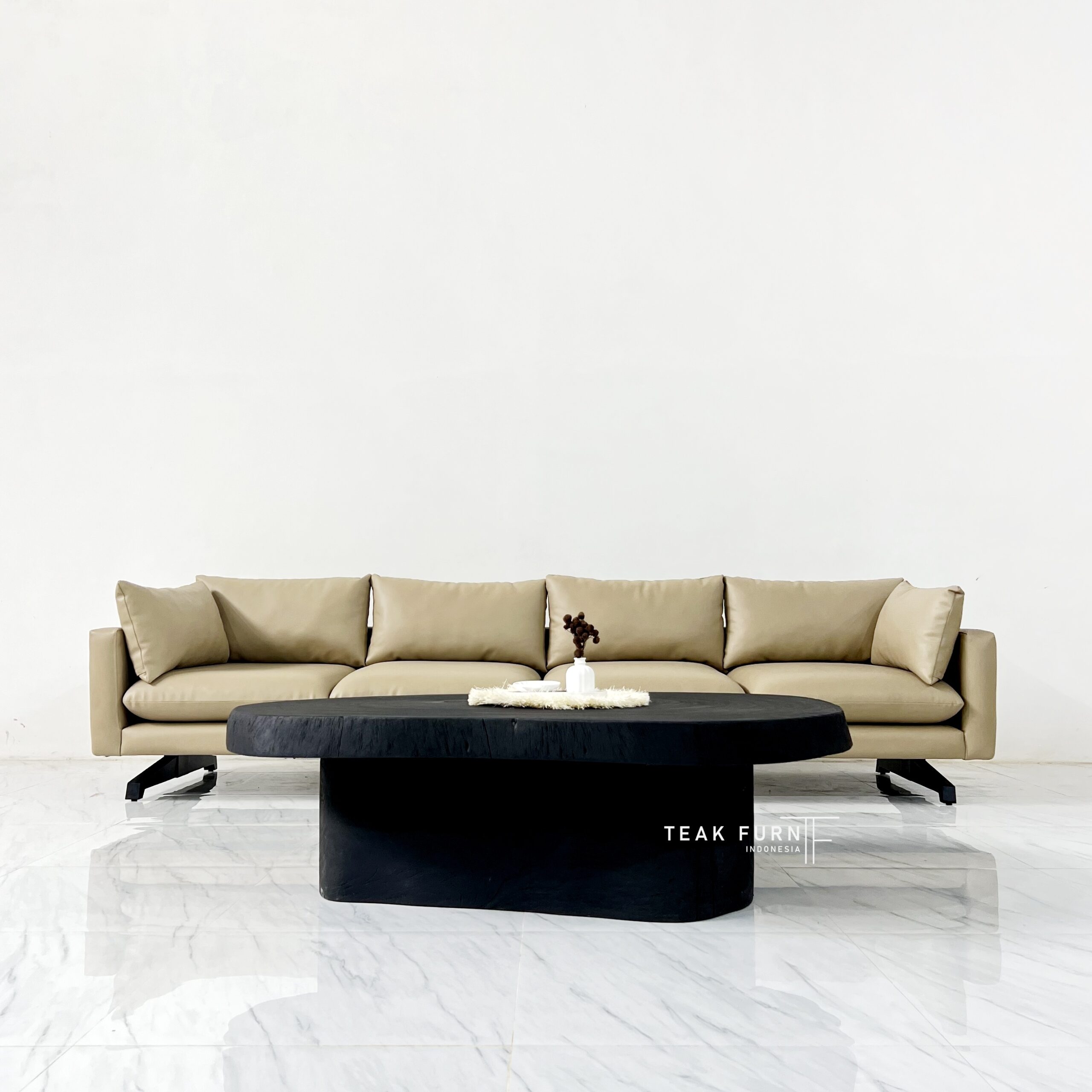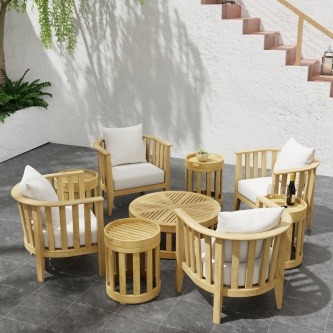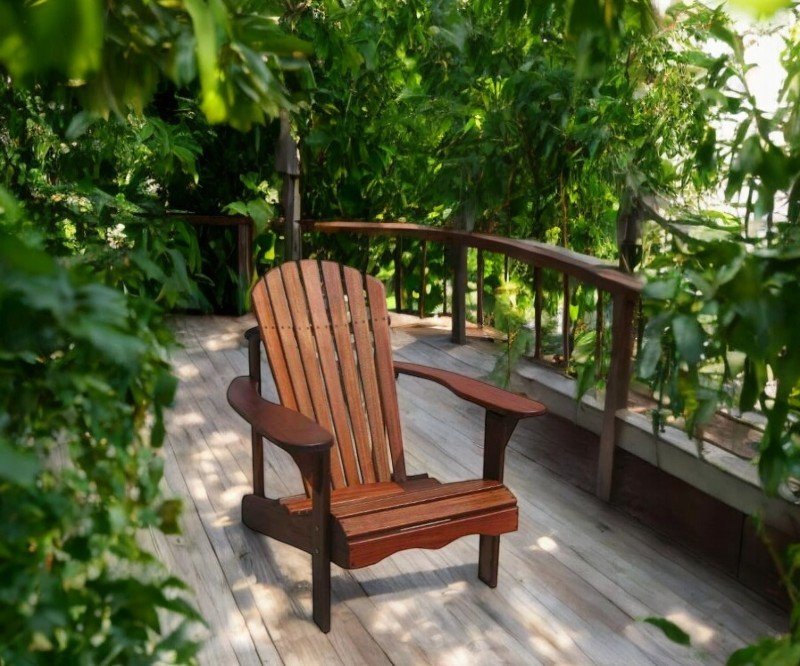When shopping for furniture, the primary question many people face is whether to prioritize affordability or focus on higher quality, even if it comes with a higher price tag. Finding the right balance between price vs quality is crucial when furnishing your home or office, and understanding what factors to consider can help you make an informed decision.
Price: A Primary Consideration
Price is often the first factor people consider, especially when working within a budget. Affordable furniture allows you to furnish a space without spending a fortune, which can be particularly appealing if you’re setting up a new home or need to replace a few pieces. However, lower-priced furniture often comes with some drawbacks, especially in terms of material quality, comfort, and durability.
Inexpensive furniture tends to be made from cheaper materials like particleboard or low-quality synthetic fabrics, which may not last as long. While it might save you money in the short term, you may find yourself needing to replace or repair it sooner than you’d like. This could lead to higher costs over time, negating the initial savings. Therefore, while price is important, it should not be the only factor guiding your decision.
Quality: The Long-Term Investment
On the other hand, higher-quality furniture is an investment that pays off in the long run. Furniture made from premium materials like solid wood, real leather, or high-quality fabrics tends to be more durable, comfortable, and reliable. The durability of quality furniture means it can withstand wear and tear over time, lasting for many years or even decades with proper care.
Additionally, higher-quality furniture is often designed for greater comfort. For example, sofas with high-density foam or ergonomic chairs with supportive features can offer a much more pleasant seating experience compared to cheaper alternatives. High-quality furniture is also safer, as it’s often constructed more sturdily, reducing the risk of accidents or premature damage.
Finding the Right Balance
Choosing between price and quality doesn’t have to be an either/or decision. Here are key factors to help you find the balance that works for your budget and needs:
1. Durability and Long-Term Use

Consider how long you plan to use the furniture. If you’re investing in pieces that you’ll use regularly, such as a sofa or dining table, higher-quality furniture is likely to be more worthwhile in the long run. However, if you’re furnishing a temporary space, like a student apartment or a guest room, lower-priced furniture may be sufficient.
2. Material Quality

Pay attention to the materials used in your furniture. Solid wood, high-quality fabrics, and real leather are more durable and comfortable than budget alternatives like particleboard or synthetic upholstery. When durability is important, investing in better materials is a smart move.
3. Comfort

Comfort should be a top priority, especially for frequently used furniture like chairs, sofas, and beds. Quality furniture is designed with comfort in mind, offering better support, ergonomic features, and a more enjoyable user experience. If comfort matters to you, it’s worth considering investing a bit more in furniture that prioritizes it.
4. Design and Aesthetics

While price and quality are vital, style and design shouldn’t be overlooked. High-quality furniture often offers a greater variety of designs, allowing you to choose pieces that complement your home’s aesthetic. By selecting well-designed, durable furniture, you can create a space that is both beautiful and functional.
5. Warranty and After-Sales Support

Some high-quality furniture comes with warranties that protect your investment. This added security can be particularly beneficial if you’re spending more on a piece. Always check for warranty options and after-sales support to ensure your purchase is protected.
Conclusion
When it comes to purchasing furniture, finding the right balance between price and quality is key. Affordable furniture can be a great option for those on a budget, but investing in higher-quality pieces can save you money and frustration in the long run by offering greater durability, comfort, and overall value. By considering factors like material quality, comfort, and the intended use of the furniture, you can make a decision that suits your needs and enhances your living space. Remember, choosing quality often means fewer replacements and a more comfortable, lasting investment.




